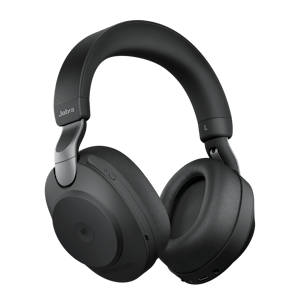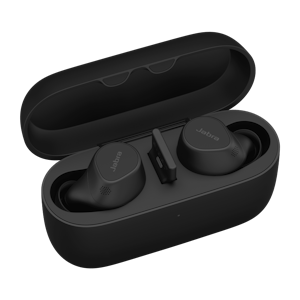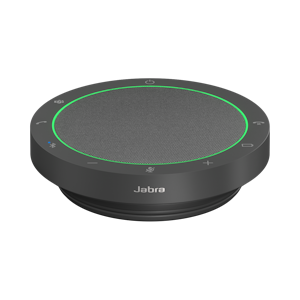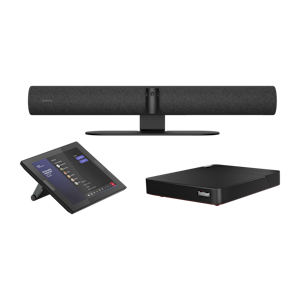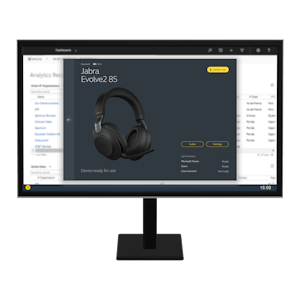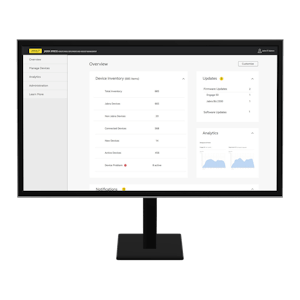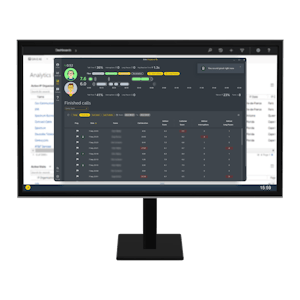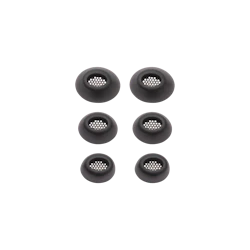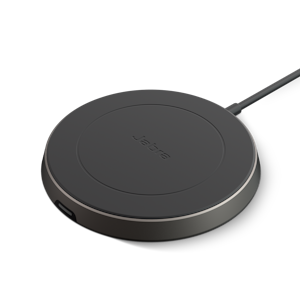As a market leader in professional business communication, Jabra is committed to continually innovate and develop future-proof audio solutions to support our customers in meeting their communication needs of tomorrow.
It is a long-term strategy for Jabra to ensure that our product portfolio comprises a few, flexible and cost-effective platforms designed for the future. An integral part of this involves the discontinuation of older products once new products with more beneficial future-proof features and functionalities become available to our customers.
When the decision to discontinue a product or a product series is made, Jabra will announce the end of manufacturing (EOM) at least three to six months before the actual EOM date (announcement timing depends on regional obligations), to accommodate our customers' product planning strategies. Commercial availability and sales of announced EOM products or a product series is as long as Jabra and partner inventory lasts.
When the last unit is sold, the product maintenance period begins, which continues until the end of the product warranty. After the end of the product warranty, the product reaches end of life (EOL).
Jabra is dedicated to making the migration as simple and easy as possible by providing timely information and dialogue concerning the transition and key dates. The development of this end of life policy is to help our customers migrate to Jabra’s new, future-proof audio solutions.
| EOM: | When the end of manufacturing date is reached, Jabra will no longer be producing the specific product series or ITEM. Commercial availability and sales will continue for as long as the Jabra and partner inventory lasts. |
| Product maintenance period: | Jabra continues providing the same customer support after the EOM date as during the sales period. The product maintenance period begins after EOM date and continues until end of product warranty. Unless otherwise indicated in the EOM announcement, accessories will be available for purchase only while supplies last. |
| EOL: | The EOL date is reached after the end of the product maintenance period. After the EOL date, a product becomes obsolete and is no longer improved, repaired, maintained or supported. |
